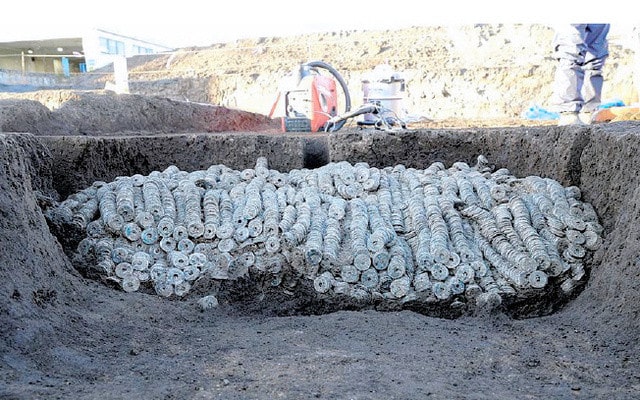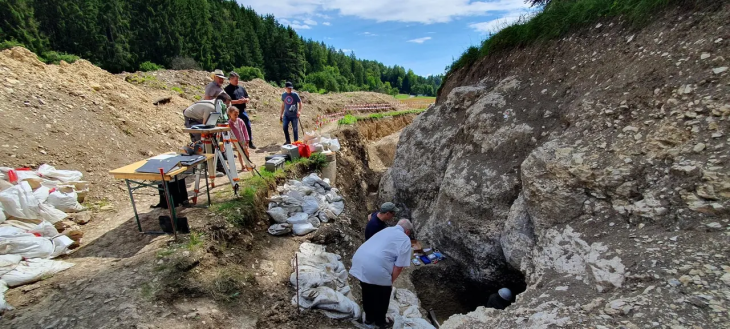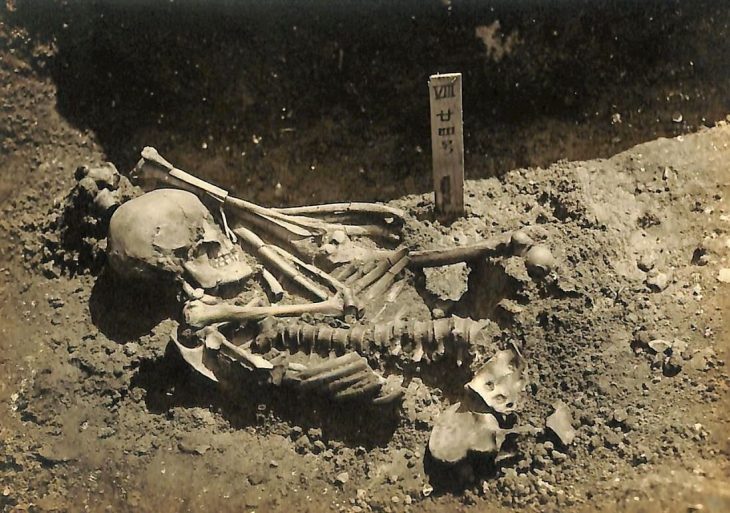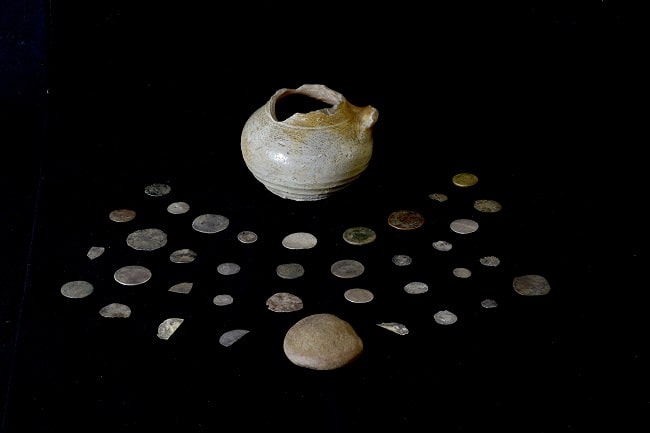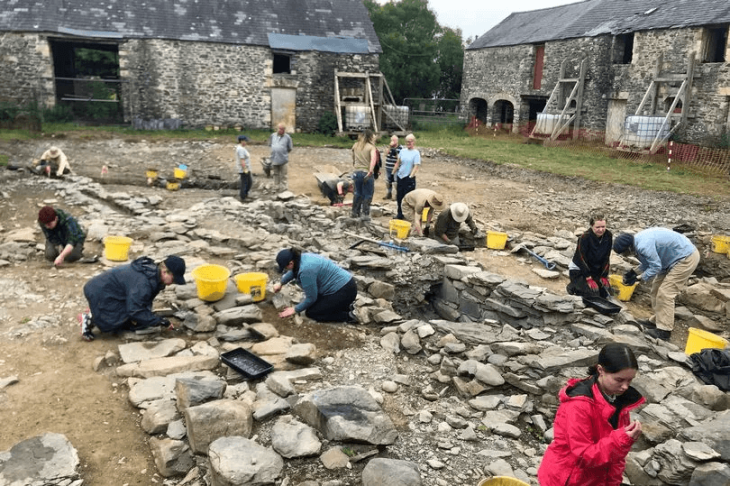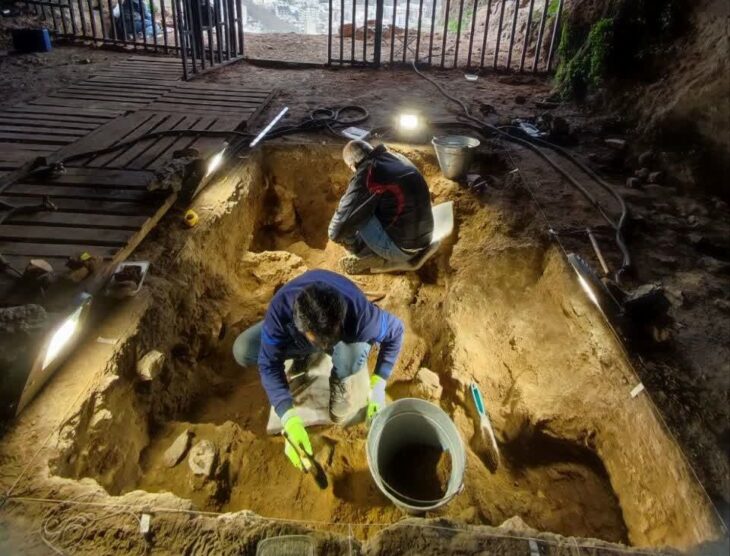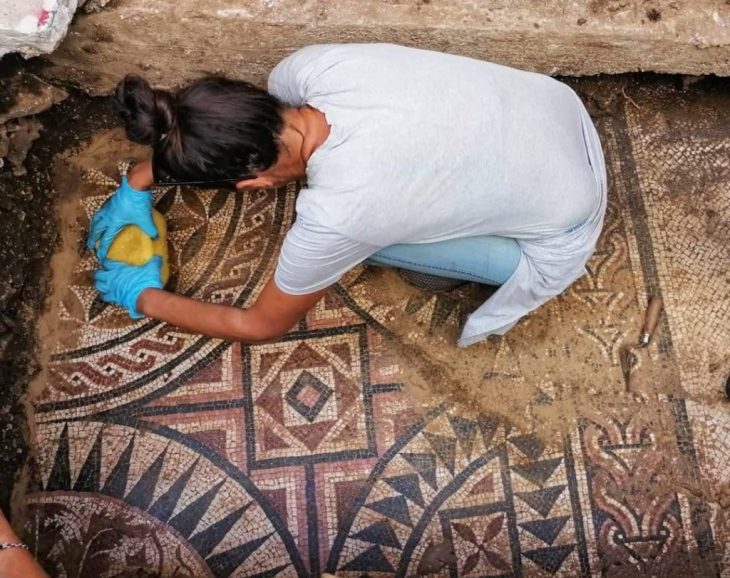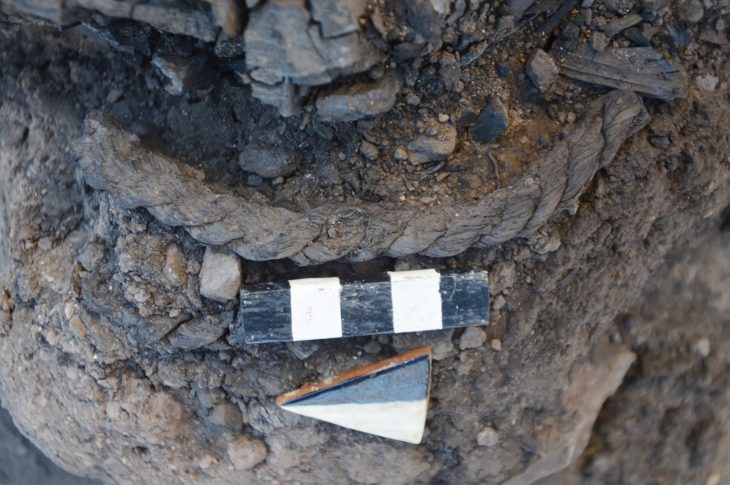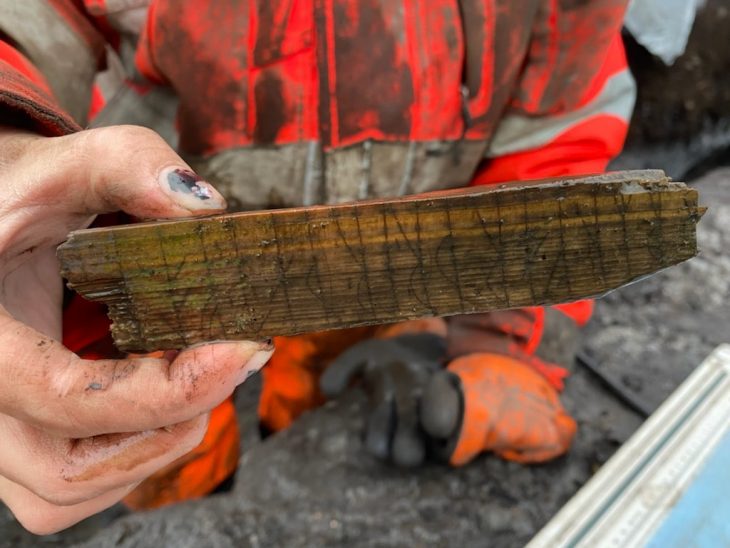Nestled between two mountain peaks overlooking the harbor, excavations in the ancient city of Phalasarna revealed hundreds of offerings to the goddess Demeter in the remains of an ancient temple, the Greek Ministry of Culture and Sports said in a Nov. 11 news release.
The ancient city of Phalasarna is located on the western end of Crete, an island about 200 miles south of mainland Greece.
According to the press release, archaeologists discovered the remains of a temple that had been rebuilt between the late fourth and early third century B.C. The dusty, worn-down ruins were once a monumental staircase leading to two buildings: the main temple and a secondary structure, experts said.
The temple was built in Doric style on a natural rock with two fluted columns, capitals, metopes, and pediment. Estimates indicate it was more than 25 feet high and 16 feet wide. Most important it is the only temple of its kind in Crete.

Archaeologists discovered five offering cases in the temple’s once-tiled floor. Researchers found well-preserved, elegant vases inside these cases. Archaeologists translated the inscription on one vase to read: A K E S T O I D A M A T R I – dedicated to the goddess Demeter.
Archaeologists said that as they dug down further at the formerly sacred site, they came across a pit that contained artwork that was from 600 B.C., which is hundreds of years older than the other finds. Glass items, terracotta animal figurines, and clay figurines of women were among these artistic offerings.
The early Archaic period (650 BC) appears to be dominated by Daedalic art in the form of naked female figures with Daedalic headdresses and high poles. From the findings of the 6th c. e.g. Egyptian and Phoenician glass objects, terracotta bird and animal figurines, arrowheads and spearheads, miniature vases, enthroned female figures, and a female figurine holding a poppy and pomegranate stand out. Regarding the findings of the 4th and 3rd c. BC the hydriai stand out, a beaked ritual prochos with a red representation of a flying Cupid, iron spikes and alabaster vessels.
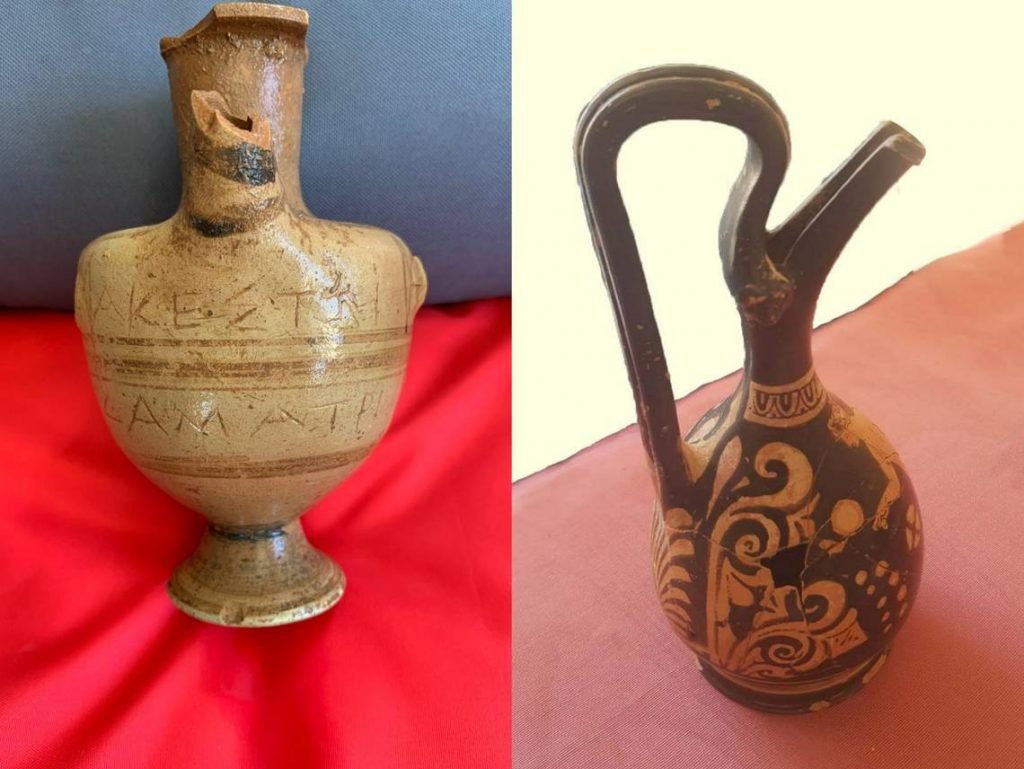
Piece by piece, archaeologists concluded that the temple was rebuilt about 2,300 years ago after an earlier structure collapsed, experts said according to the release.
Demeter is an ancient Greek goddess associated with the earth, fertility, and the power of water as a life source. The sister and consort of Zeus, she was also worshiped as a goddess of agriculture.
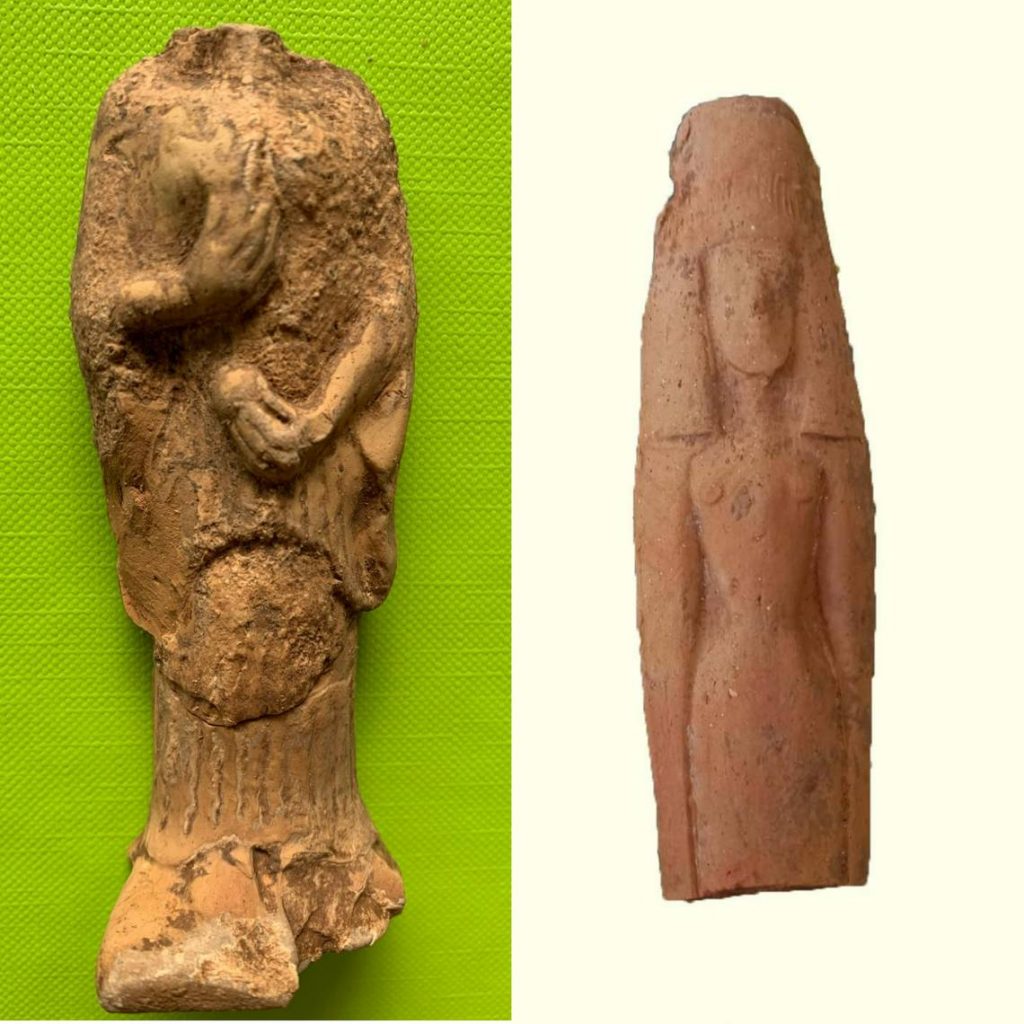
Dorians established Phalasarna around the 7th century BC on the on the far West of Crete on Grambousa peninsula’s Cape Koutri. They controlled the sea routes to Northern Africa and Italy from this location. Their city-state had laws and a political system that allowed for the growth of a progressive community. The local economy’s strength was based on seafaring ability, which led Phalasarna to become a naval power. In the 4thcentury BC, Phalasarna fortified the city with huge walls and other military buildings.
Cover Photo: A view of the temple ruins from above. Photo from the Greek Ministry of Culture and Sports


